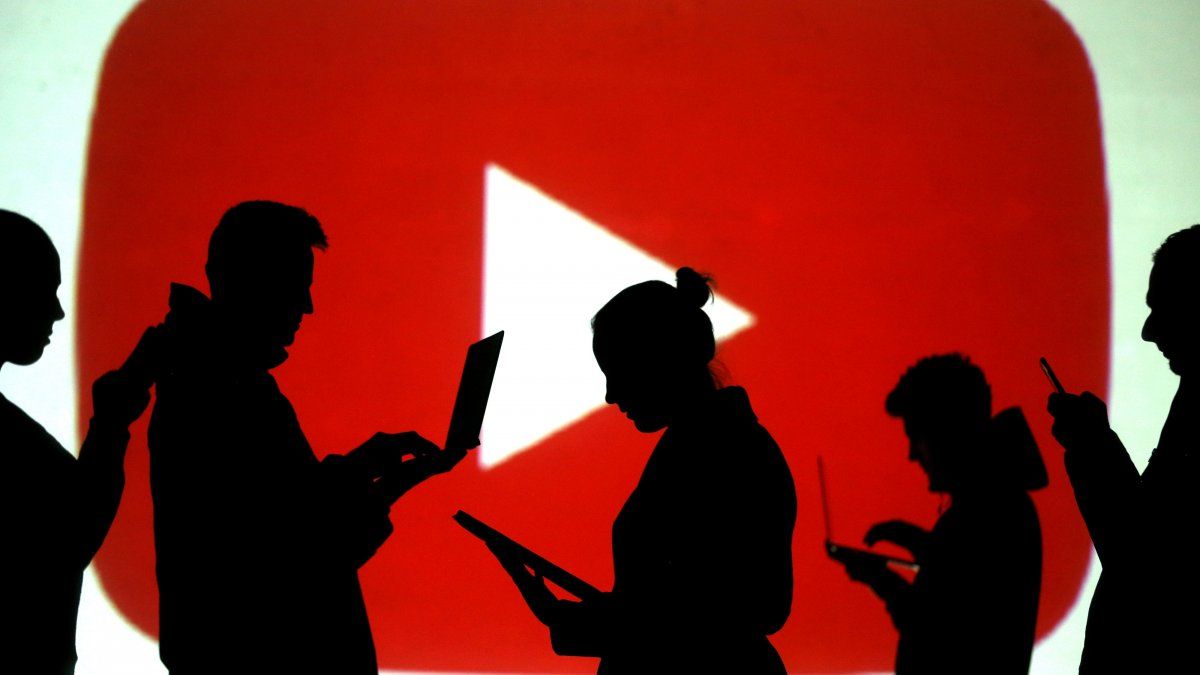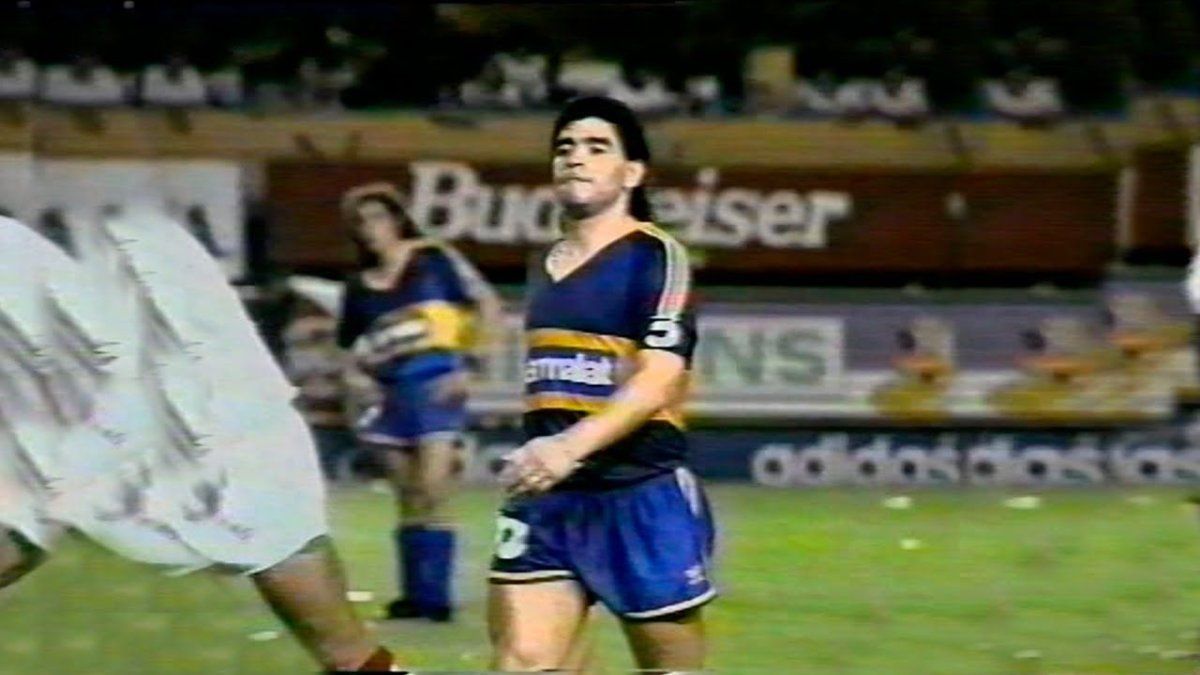YouTube announced that it began adopting a tougher stance on clickbaitstating that it will remove content with titles or thumbnails that promise viewers “something the video doesn’t offer”. As officially reported, this change will be progressively implemented first in India, but will “will expand to more countries” in the coming months.
This type of deception can cause users to be annoying when viewing content on YouTube, especially in cases where they are looking for relevant or current information. To combat this, YouTube has specific policies that try to avoid ‘clickbait’ and, now, it has announced that it will begin to “redouble your efforts” to stop this misleading content.
How YouTube will eliminate clickbait
YouTube assured that the policy will combat “egregious” “clickbait” that deceives viewers, with Pay special attention to videos related to “breaking news” or “current events”.
Examples the company offers include a video with the title “The President Resigned!” which does not actually address any renunciation; or a thumbnail with a “top political news” attached to a video with no news content at all.
As the policy rolls out in India, YouTube will remove content that breaks the rules without sanctioning creators, at least initially: “And as we continue to educate creators, our enforcement efforts will prioritize new uploads. videos in the future,” they explained from the American website.
What is clickbait
“Clickbait” is a digital marketing technique that seeks attract users’ attention through sensational or misleading headlines. The main objective is to generate clicks on a link, which increases web traffic and, in many cases, monetization through ads. These headlines usually promise shocking, surprising or revealing content, but in reality the article or video may not meet the expectations created, which often leads to user frustration.
Although it can be effective in the short term, its excessive and blatant use can damage the reputation of a media outlet or website. Users may feel deceived and, over time, lose confidence in the content offered by that source. Additionally, on platforms such as social media, clickbait can contribute to the spread of misinformation, as it is often used to draw attention to news or topics that are inaccurate or sensational.
In response to the proliferation of clickbait, many platforms and search engines, such as Google, have adjusted their algorithms to prioritize more relevant and quality content. Despite this, the technique is still widely used as it continues to be an effective strategy for generating traffic. However, there is growing awareness among users, who are increasingly critical of misleading headlines and seeking more reliable sources of information.
“We are redoubling our efforts to tackle egregious clickbait on YouTube. This means we plan to increase our crackdown on videos where the title or thumbnail promises viewers something that the video doesn’t deliver. This is especially important when the video covers topics such as breaking news or current events, to ensure that viewers are not misled about what they see on YouTube,” they noted on the YouTube blog.
Source: Ambito
I am Pierce Boyd, a driven and ambitious professional working in the news industry. I have been writing for 24 Hours Worlds for over five years, specializing in sports section coverage. During my tenure at the publication, I have built an impressive portfolio of articles that has earned me a reputation as an experienced journalist and content creator.




